Home>Garden Essentials>What Does Rose Greenery Look Like When Coming From A Bulb Before They Flower


Garden Essentials
What Does Rose Greenery Look Like When Coming From A Bulb Before They Flower
Modified: March 7, 2024
Discover the beauty of rose greenery in your garden before it blooms. Learn what it looks like when it emerges from a bulb, with tips on care and cultivation.
(Many of the links in this article redirect to a specific reviewed product. Your purchase of these products through affiliate links helps to generate commission for Storables.com, at no extra cost. Learn more)
Introduction
Gardening enthusiasts are often captivated by the vibrant beauty of roses. These enchanting flowers have long been a symbol of love, passion, and natural elegance. While most of us are familiar with the breathtaking blossoms that roses produce, there is another aspect of these plants that often goes unnoticed – their greenery. Before roses fully bloom, they go through a stage where the focus is on the growth and development of their foliage. In this article, we will explore the fascinating world of rose greenery when it comes from a bulb before they flower.
Understanding the life cycle and appearance of rose greenery bulbs can provide insights into the overall growth and health of the plant. By delving into these aspects, gardeners can cultivate more vibrant and resilient roses. So, let’s dive in and discover what rose greenery bulbs are all about.
Key Takeaways:
- Rose greenery bulbs are essential for robust foliage growth in roses before they bloom. Understanding their characteristics and providing optimal growing conditions contributes to healthy and vibrant rose plants.
- The appearance of rose greenery before flowering showcases lush green foliage, compact growth, and a symmetrical leaf structure. Factors like light exposure, watering, and soil quality significantly impact the health and vitality of rose greenery.
Read more: What Does Rose Of Sharon Seeds Look Like
What are Rose Greenery Bulbs?
Rose greenery bulbs, also known as rose bulbils, refer to the bulb-shaped structures that develop at the base of rose plants. These structures contain the necessary nutrients and resources for the growth and development of the plant’s greenery. Unlike traditional flower bulbs, which serve as storage organs for energy, rose greenery bulbs primarily focus on foliage production rather than flower formation.
These bulb-like structures are formed through a process known as bulblet formation. As the rose plant grows and matures, it produces small bud-like structures at the base, which eventually develop into the greenery bulbs. Each bulb contains a small stem with leaves attached to it, allowing it to produce foliage even before the flowers emerge.
Rose greenery bulbs play a vital role in the overall growth and health of the rose plant. They act as a reservoir of energy and nutrients, providing sustenance for the plant during periods of dormancy and facilitating new growth. Moreover, they serve as a means for the plant to propagate and reproduce, as these bulbs can be separated and planted to grow new rose plants.
It’s important to note that not all rose varieties produce greenery bulbs. Certain rose species, such as Rosa multiflora and Rosa rugosa, are known to develop these structures. However, modern hybrid roses may not exhibit this characteristic.
Now that we have an understanding of what rose greenery bulbs are, let’s explore their unique characteristics.
Characteristics of Rose Greenery Bulbs
Rose greenery bulbs possess several distinctive characteristics that set them apart from other parts of the plant. Understanding these characteristics can provide valuable insights into the health and vitality of the rose plant. Here are some notable features of rose greenery bulbs:
- Bulb-shaped structure: As the name suggests, rose greenery bulbs are shaped like bulbs. They are typically round or oval in shape, resembling a miniature onion. This unique structure allows them to store essential nutrients and water.
- Small stem and leaves: Each rose greenery bulb consists of a small stem with leaves attached to it. The leaves are usually in a compact arrangement, forming a rosette-like cluster. These leaves are responsible for photosynthesis and the production of energy for the plant.
- Green coloration: True to their purpose of producing foliage, rose greenery bulbs exhibit a vibrant green color. The green hue indicates the presence of chlorophyll, the pigment responsible for capturing sunlight and converting it into energy through photosynthesis.
- Compact size: Rose greenery bulbs are relatively small in size compared to the mature rose plant. They typically measure a few centimeters in diameter, making them compact and easy to handle.
- Ability to multiply: One fascinating characteristic of rose greenery bulbs is their ability to multiply and form clusters. Over time, a single bulb can give rise to multiple bulblets, which can be removed and planted to establish new rose plants.
- Dormancy period: Like many other bulbous plants, rose greenery bulbs go through a period of dormancy. During this phase, the plant conserves energy and ceases active growth. The bulbs remain underground, awaiting favorable conditions to resume growth and produce foliage.
By familiarizing yourself with these characteristics, you can better assess the health and vigor of your rose greenery bulbs. Providing suitable growing conditions and care will ensure their optimal development and contribute to the overall success of your rose garden.
Growing Conditions for Rose Greenery Bulbs
Creating a conducive environment for the growth of rose greenery bulbs is essential to ensure their healthy development. By providing the right growing conditions, you can encourage robust foliage production and enhance the overall health of your rose plants. Here are some key factors to consider:
- Sunlight: Rose greenery bulbs thrive in full sunlight. They require at least six to eight hours of direct sunlight daily. Ensure that the area where you plant the bulbs receives ample sunlight throughout the day.
- Soil type: Well-draining soil is crucial for the successful growth of rose greenery bulbs. They prefer loamy soil with a good balance of moisture retention and drainage. Avoid heavy clay soils that can become waterlogged and hinder root development.
- Soil pH: The ideal soil pH for rose greenery bulbs is slightly acidic to neutral, ranging from 6.0 to 7.0. Conduct a soil test to determine the pH level and make necessary amendments if the soil is too acidic or alkaline.
- Watering: Adequate watering is crucial during the active growth period of rose greenery bulbs. Water the plants deeply, ensuring that the soil is evenly moist but not waterlogged. Avoid overwatering, as this can lead to root rot and other moisture-related issues.
- Fertilization: Regular fertilization is essential to provide the necessary nutrients for the development of rose greenery bulbs. Apply a balanced fertilizer formulated specifically for roses, following the recommended dosage and frequency. Avoid excessive nitrogen, as it can promote vegetative growth at the expense of flower production.
- Temperature: Most rose greenery bulbs thrive in temperate climates. They prefer moderate temperatures ranging from 60°F to 75°F (15°C to 24°C) during the vegetative growth phase. Protect the bulbs from extreme heat or frost, as it can damage or inhibit their growth.
- Protection from pests and diseases: Monitor your rose plants for any signs of pests or diseases. Common pests that can affect greenery bulbs include aphids, spider mites, and thrips. Employ organic pest control methods or, if necessary, use appropriate insecticides to prevent infestations.
By ensuring these favorable growing conditions, you can provide your rose greenery bulbs with the best environment for robust foliage production. Remember to monitor their progress regularly and make any necessary adjustments to optimize their growth and overall health.
When rose greenery is coming from a bulb before flowering, it will appear as small, delicate shoots with light green leaves. These shoots will gradually grow taller and develop more leaves before eventually producing buds and flowers. Keep the soil moist and provide plenty of sunlight for healthy growth.
The Life Cycle of Rose Greenery Bulbs
The life cycle of rose greenery bulbs encompasses various stages, each playing a vital role in the growth and development of the plant. Understanding these stages can provide insights into the overall health and vitality of your rose plants. Let’s explore the typical life cycle of rose greenery bulbs:
- Bulb formation: The life cycle begins with the formation of rose greenery bulbs at the base of the plant. These bulb-like structures develop as the rose plant matures and are responsible for storing essential nutrients and water.
- Growth and foliage production: Once the greenery bulbs are established, the plant focuses on vegetative growth and foliage production. The small stem attached to each bulb elongates, and leaves emerge, forming a cluster of green foliage. During this stage, the plant relies on photosynthesis to produce energy and sustain itself.
- Dormancy: After a period of active growth, rose greenery bulbs enter a phase of dormancy. This is a natural resting period where the plant conserves energy and prepares for the upcoming growth cycle. The foliage may wither and die back during this period, and the plant remains relatively inactive.
- Bulblet production: As the plant enters and exits dormancy, it may produce additional bulblets from the existing greenery bulbs. These bulblets are smaller, bulb-like structures that can be detached from the parent bulb and planted to grow new rose plants.
- Flowering stage: While the focus of rose greenery bulbs is primarily on foliage production, they also play a crucial role in the overall flowering process. As the plant matures and gains energy reserves from the foliage, it directs its resources towards the formation of flower buds. The greenery bulbs provide the necessary nutrients and energy to support the development of vibrant and beautiful roses.
- Rejuvenation: After the flowering stage, the plant may undergo a rejuvenation phase. It replenishes its energy reserves through active foliage growth, allowing it to recover and prepare for future flowering cycles. This phase is crucial for maintaining the plant’s vitality and longevity.
Throughout the life cycle of rose greenery bulbs, each stage contributes to the plant’s overall growth and health. By understanding and supporting these stages, you can cultivate thriving roses that showcase lush foliage and stunning blooms.
Read more: What Does Scabiosa Greenery Look Like
Appearance of Rose Greenery Before Flowering
Before roses burst into full bloom, they go through a stage where the focus is primarily on the growth and development of their greenery. Understanding the appearance of rose greenery before flowering can provide valuable insights into the health and vitality of your rose plants. Let’s explore what rose greenery looks like during this stage:
Leaf structure and color: The leaves of rose greenery are typically deep green in color. They exhibit a range of shapes and sizes, depending on the rose variety. Common leaf forms include ovate, elliptical, and lanceolate, with serrated or smooth edges. The leaves are arranged in a symmetrical rosette or alternate pattern along the stem.
Growth habit and size: Rose greenery is characterized by its compact and bushy growth habit. The stems originate from the bulb-like structures at the base of the plant and grow outwards. The size of the greenery can vary depending on the rose variety and the overall health of the plant. In general, rose greenery can reach a height of several inches to a foot or more.
Turgidity and texture: The leaves of rose greenery are firm and turgid, indicating their healthy condition. The texture can range from smooth to slightly rough, depending on the specific rose variety. Running your fingers along the leaves can give you a sense of their texture and consistency.
Presence of stems and thorns: Rose greenery typically exhibits multiple stems emerging from the base, each with a cluster of leaves. Along these stems, you may find the characteristic thorns or prickles that are common to rose plants. The thorns serve as a defense mechanism, deterring herbivores and providing structural support to the plant.
Growth stage and foliage density: Before the flowering stage, rose greenery focuses on foliage production. The greenery appears dense and lush, with a concentration of leaves that contribute to the overall beauty of the plant. The density of the foliage may vary depending on the specific rose variety, with some varieties exhibiting a more compact and dense growth pattern compared to others.
Absence of flowers: It’s important to note that during the greenery stage, roses have yet to produce flowers. The focus is primarily on leaf development and building the plant’s energy reserves. The absence of flowers should not be a cause for concern, as the plants will transition to the flowering stage in due course.
Observing and appreciating the appearance of rose greenery before flowering allows you to gauge the health and vigor of your plants. Healthy and robust greenery is a positive indication that your roses are thriving and preparing for the upcoming flowering stage.
Factors Affecting Rose Greenery’s Appearance
Several factors can influence the appearance of rose greenery, determining its overall health, vitality, and aesthetic appeal. By understanding these factors, you can take appropriate measures to optimize the appearance of your rose greenery. Here are some key factors that can impact how rose greenery looks:
- Light exposure: The amount of sunlight that rose greenery receives plays a crucial role in its appearance. Insufficient light can result in weak, leggy growth and pale, sparse foliage. On the other hand, excessive sunlight can cause leaf scorch, resulting in burnt or discolored foliage. Providing the right balance of sunlight is essential for vibrant and healthy greenery.
- Watering and moisture: Proper hydration is crucial for the appearance of rose greenery. Inconsistent or inadequate watering can lead to wilted, yellowing leaves and stunted growth. Conversely, overwatering can result in root rot and other moisture-related issues, impacting the health and vigor of the greenery. Ensure that the soil is evenly moist but not waterlogged.
- Nutrient levels: Rose greenery requires a sufficient supply of nutrients for optimal growth. Inadequate nutrition can lead to pale or yellowing leaves, stunted growth, and nutrient deficiencies. Regularly fertilizing with a balanced rose fertilizer to provide essential nutrients such as nitrogen, phosphorus, and potassium can promote healthy and vibrant greenery.
- Soil quality: The quality and composition of the soil can significantly affect the appearance of rose greenery. Healthy and well-draining soil promotes robust foliage growth, while compacted or poorly-draining soil can result in weak, underdeveloped greenery. Amending the soil with organic matter, such as compost or well-rotted manure, can improve soil fertility and structure.
- Pest and disease control: Pest infestations and diseases can take a toll on the appearance of rose greenery. Insect pests like aphids, spider mites, and thrips can cause yellowing leaves, stunted growth, and distorted foliage. Fungal diseases can result in leaf spots, discoloration, and defoliation. Implementing proper pest management practices and promptly addressing any signs of disease can help maintain the health and appearance of rose greenery.
- Cultural practices: Cultural practices such as pruning, mulching, and proper spacing can also impact the appearance of rose greenery. Regular pruning helps maintain the desired shape and promotes new growth, while mulching conserves soil moisture and regulates soil temperature. Providing adequate spacing allows for proper air circulation and reduces the likelihood of disease outbreaks.
By considering and addressing these factors, you can optimize the appearance of your rose greenery and ensure that it thrives and enhances the beauty of your garden.
Conclusion
Rose greenery bulbs are an often overlooked but vital part of the rose plant’s life cycle. Before roses burst into full bloom, they go through a stage of robust foliage growth, supported by these bulb-like structures. Understanding the characteristics, growing conditions, and appearance of rose greenery can greatly contribute to the overall health and beauty of your rose plants.
By providing the right growing conditions, including adequate sunlight, well-draining soil, appropriate watering, and proper nutrition, you can cultivate vibrant and healthy rose greenery. Constant monitoring for pests and diseases and implementing appropriate control measures can help prevent damage and maintain the plant’s vitality.
During the greenery stage, the leaves of rose plants take center stage, exhibiting lush green foliage in various shapes and sizes. The symmetry, density, and texture of rose greenery contribute to the overall aesthetic appeal of the plant. It’s important to note that during this stage, roses have yet to produce flowers, but the energy stored in the greenery bulbs will support the upcoming flowering stage.
Factors such as light exposure, watering and moisture, nutrient levels, soil quality, pest and disease control, and cultural practices can significantly impact the appearance of rose greenery. By addressing these key factors and providing optimal growing conditions, you can enhance the health and beauty of your rose plants.
In conclusion, appreciating the role and appearance of rose greenery bulbs adds depth and understanding to the journey of cultivating these beloved flowers. By caring for the greenery and ensuring its vitality, you set the stage for magnificent blooms and a flourishing rose garden that will delight your senses for seasons to come.
Frequently Asked Questions about What Does Rose Greenery Look Like When Coming From A Bulb Before They Flower
Was this page helpful?
At Storables.com, we guarantee accurate and reliable information. Our content, validated by Expert Board Contributors, is crafted following stringent Editorial Policies. We're committed to providing you with well-researched, expert-backed insights for all your informational needs.
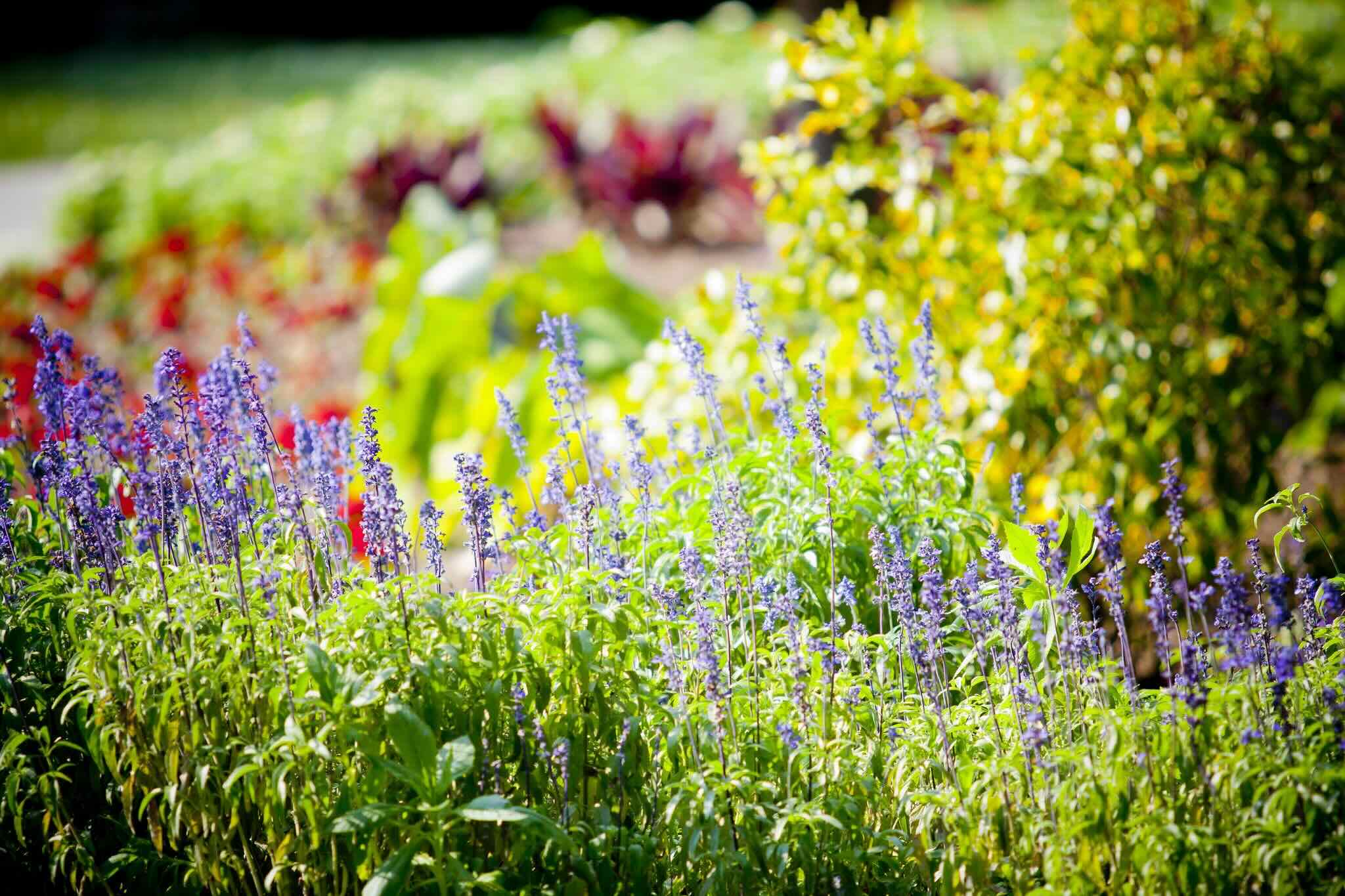
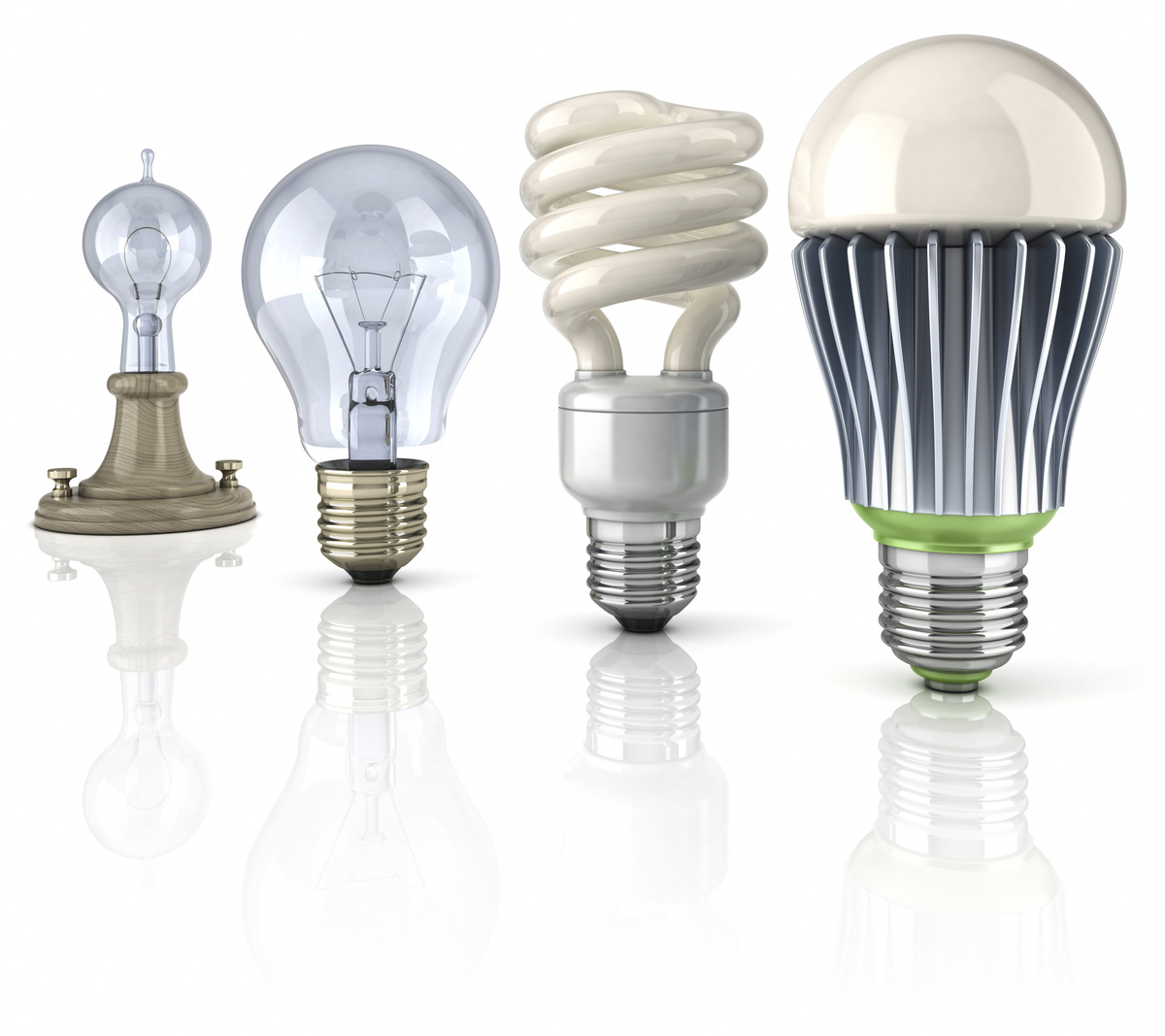
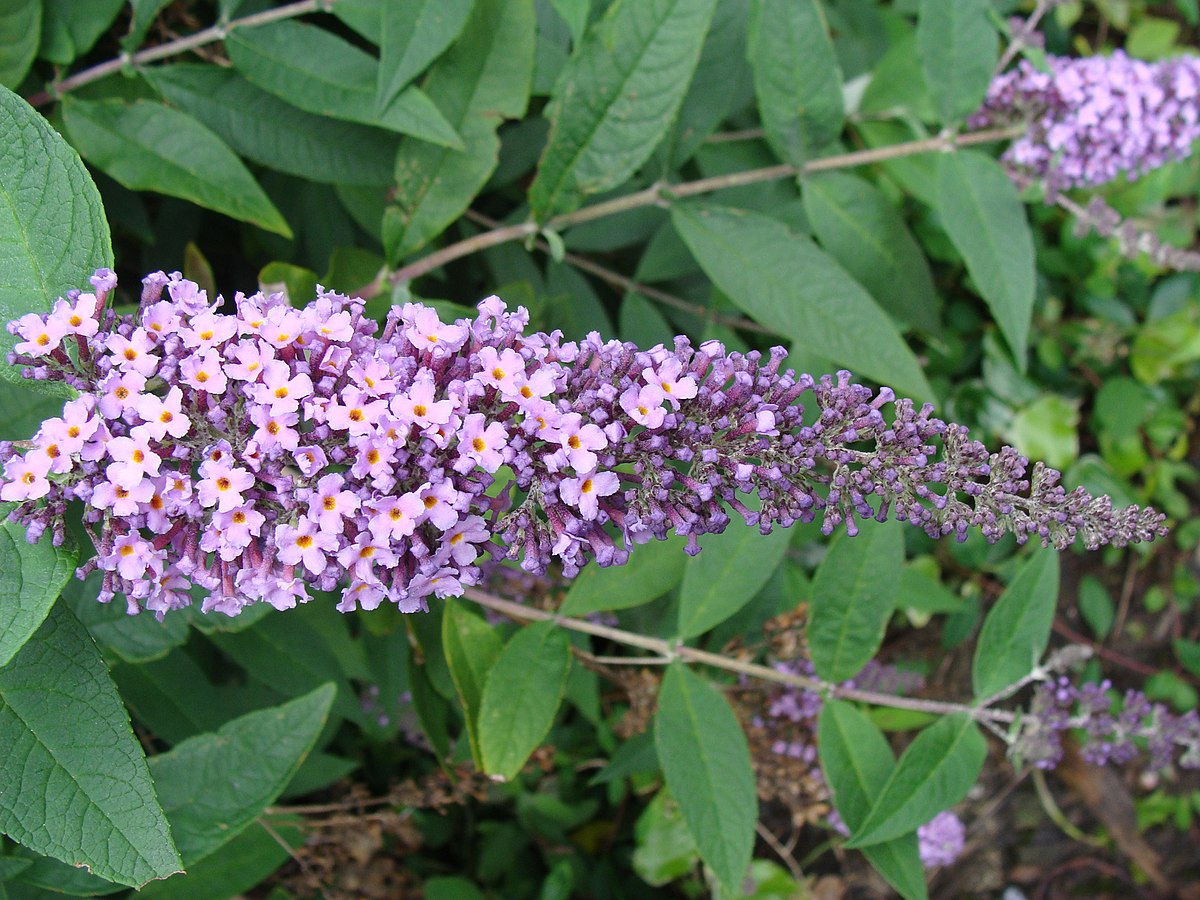
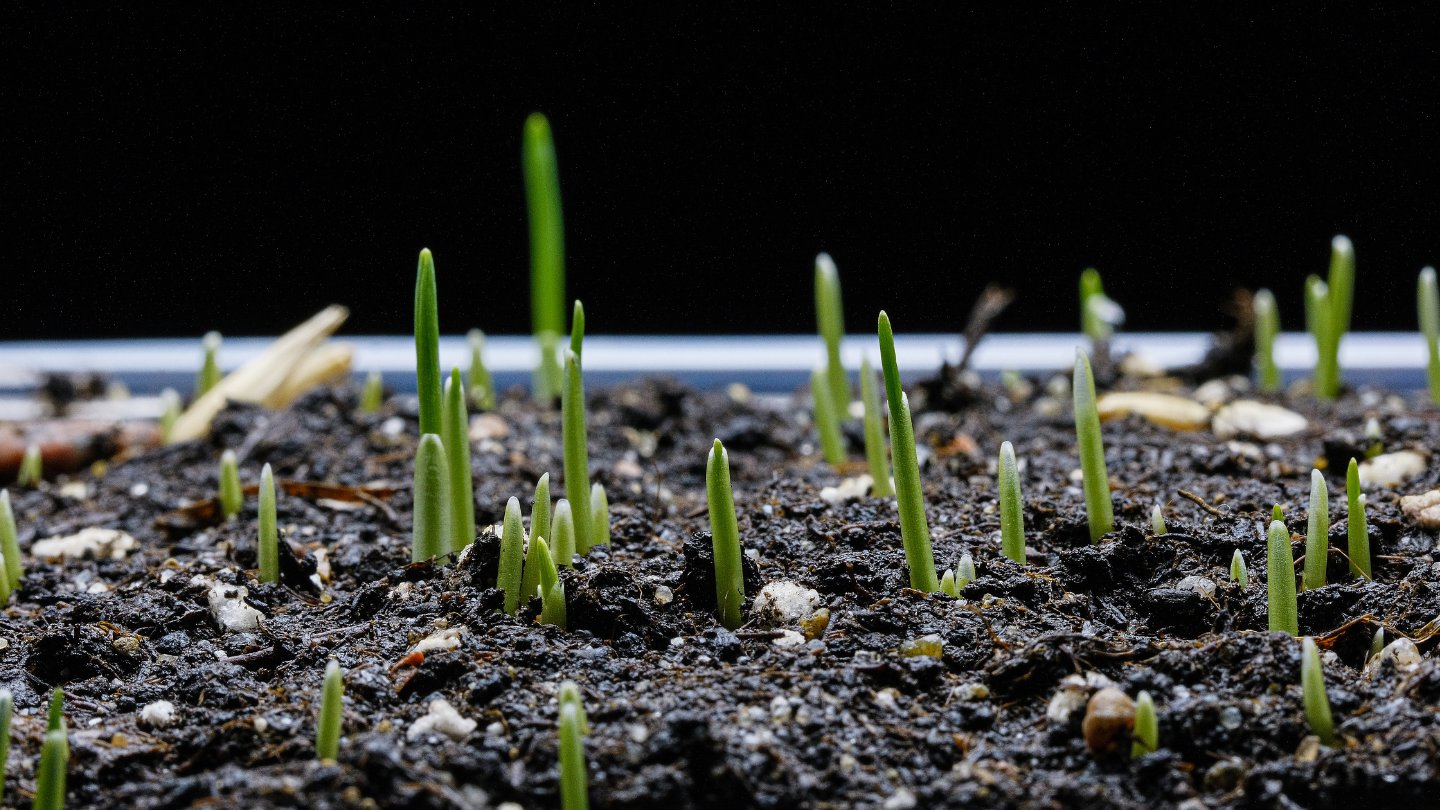
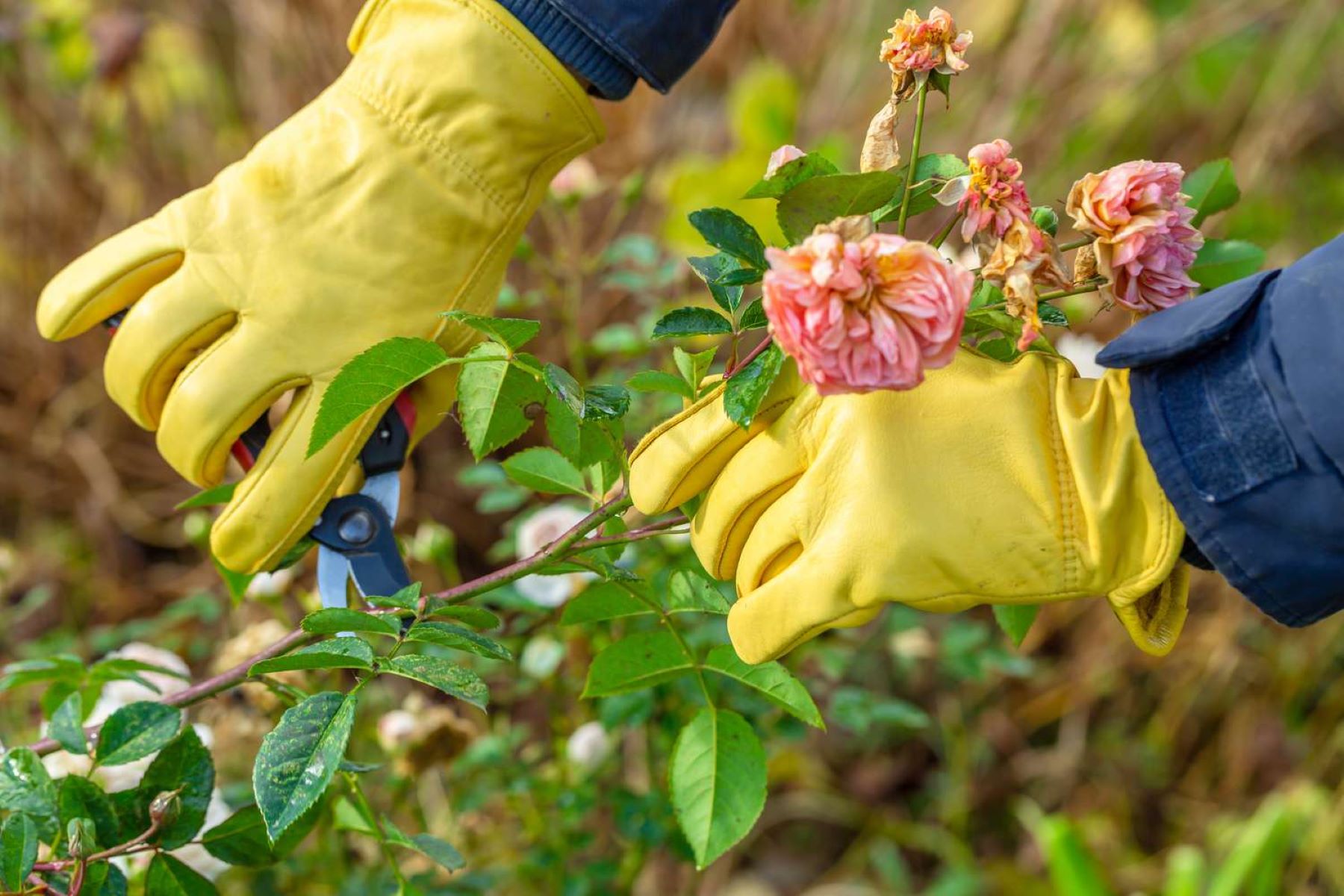
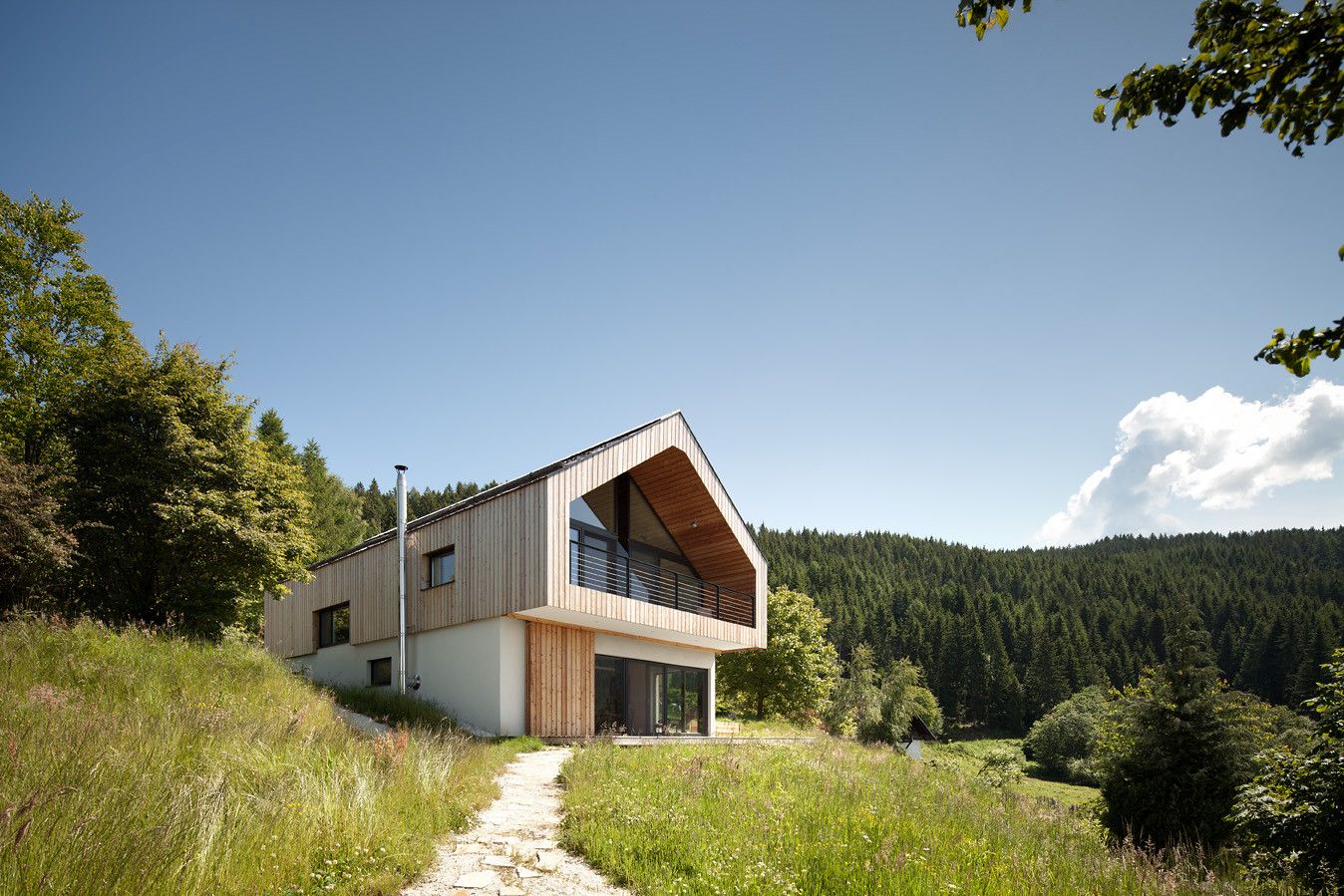
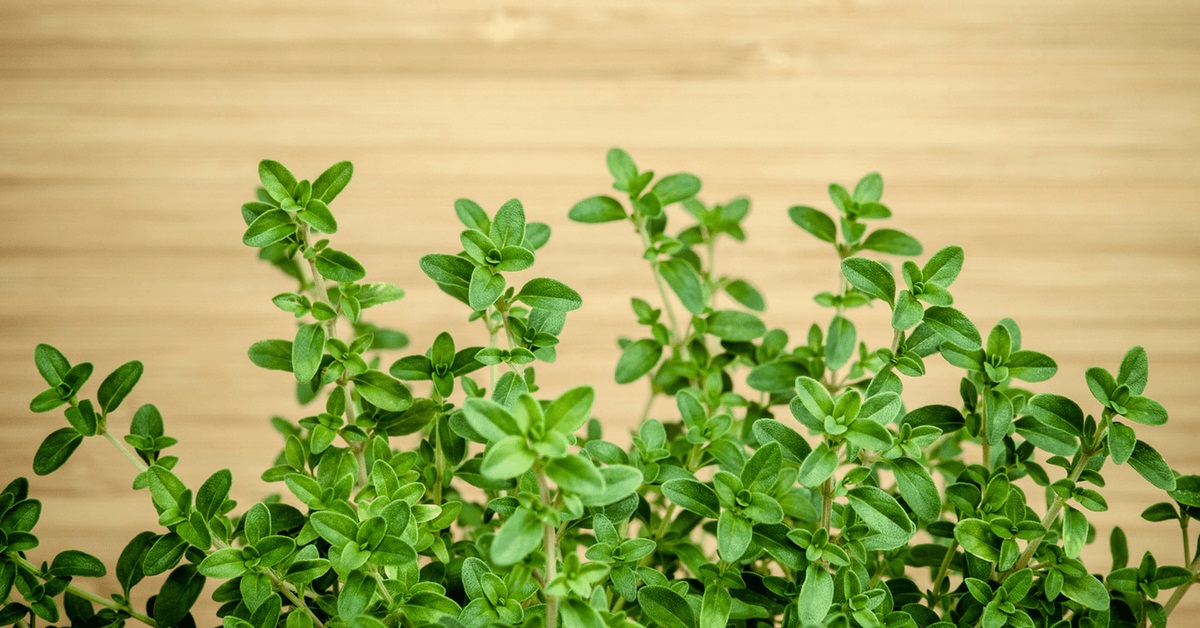
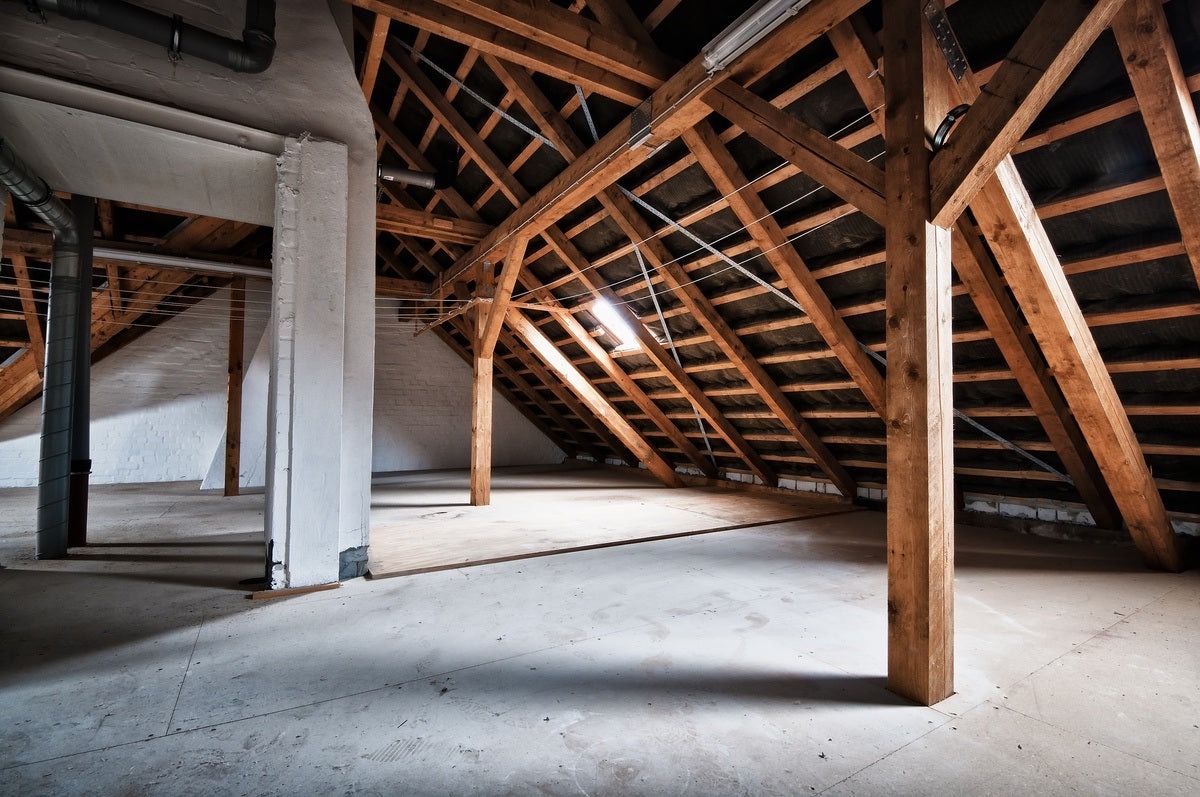



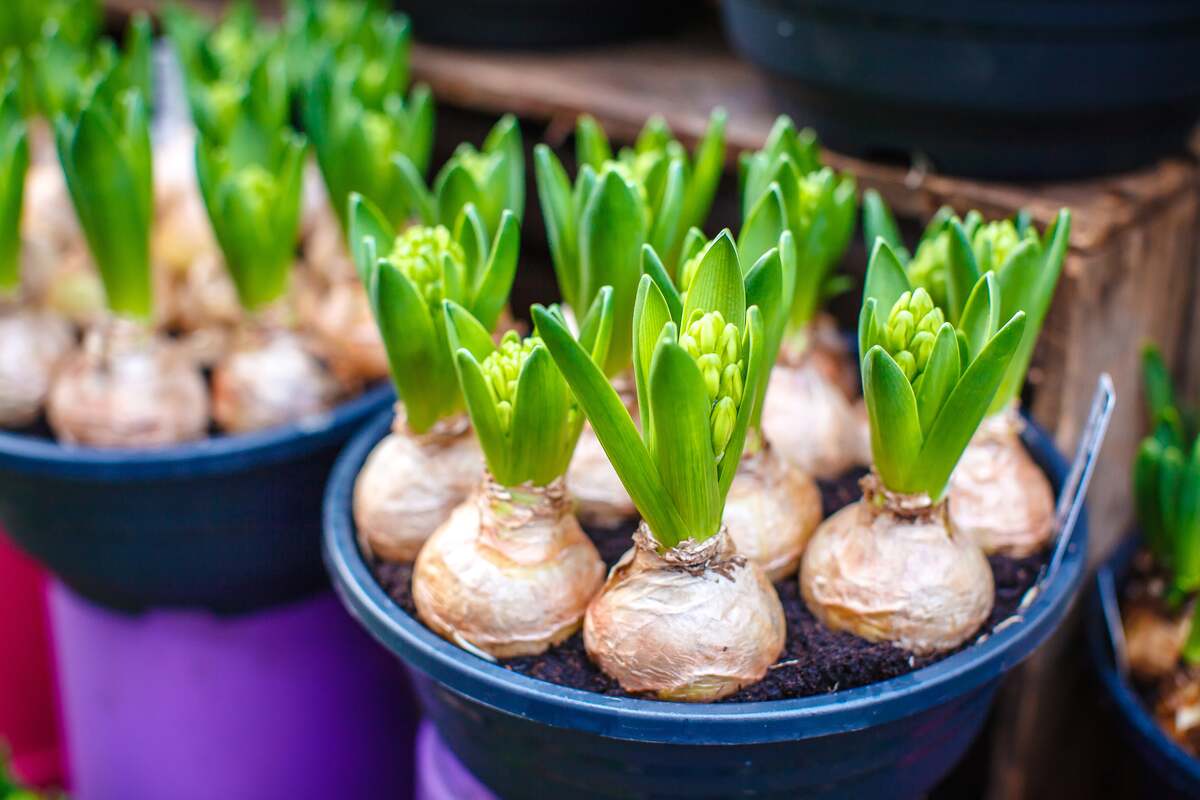

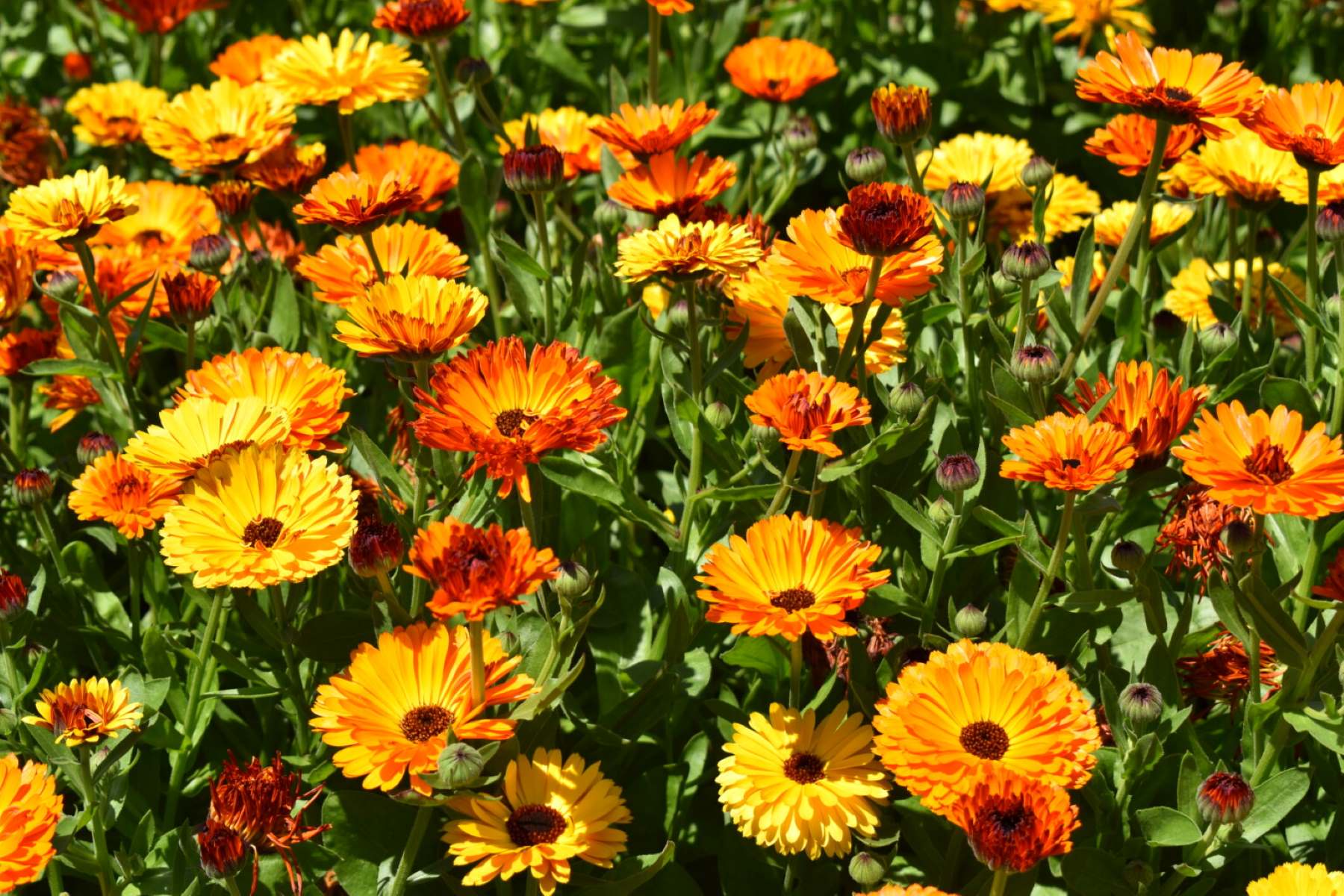

0 thoughts on “What Does Rose Greenery Look Like When Coming From A Bulb Before They Flower”